
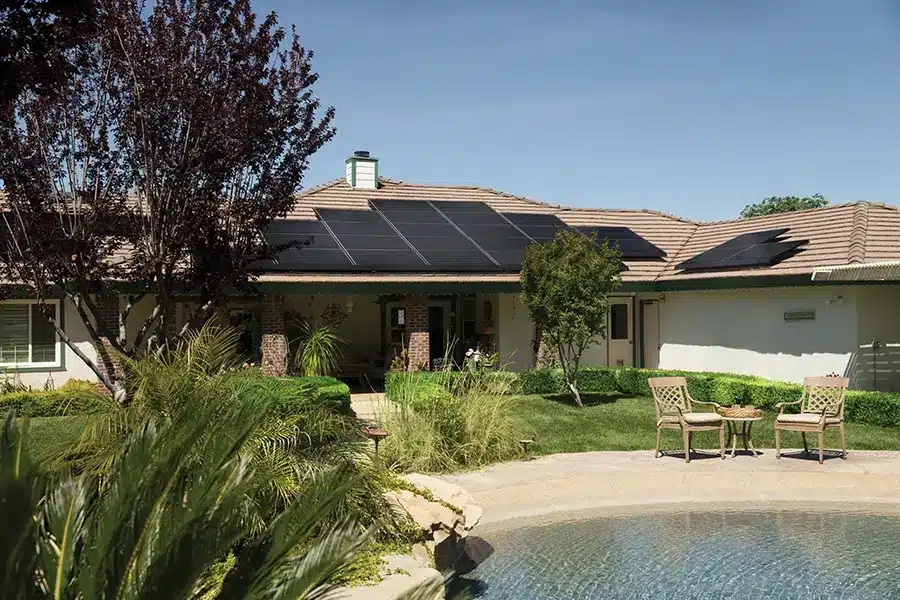
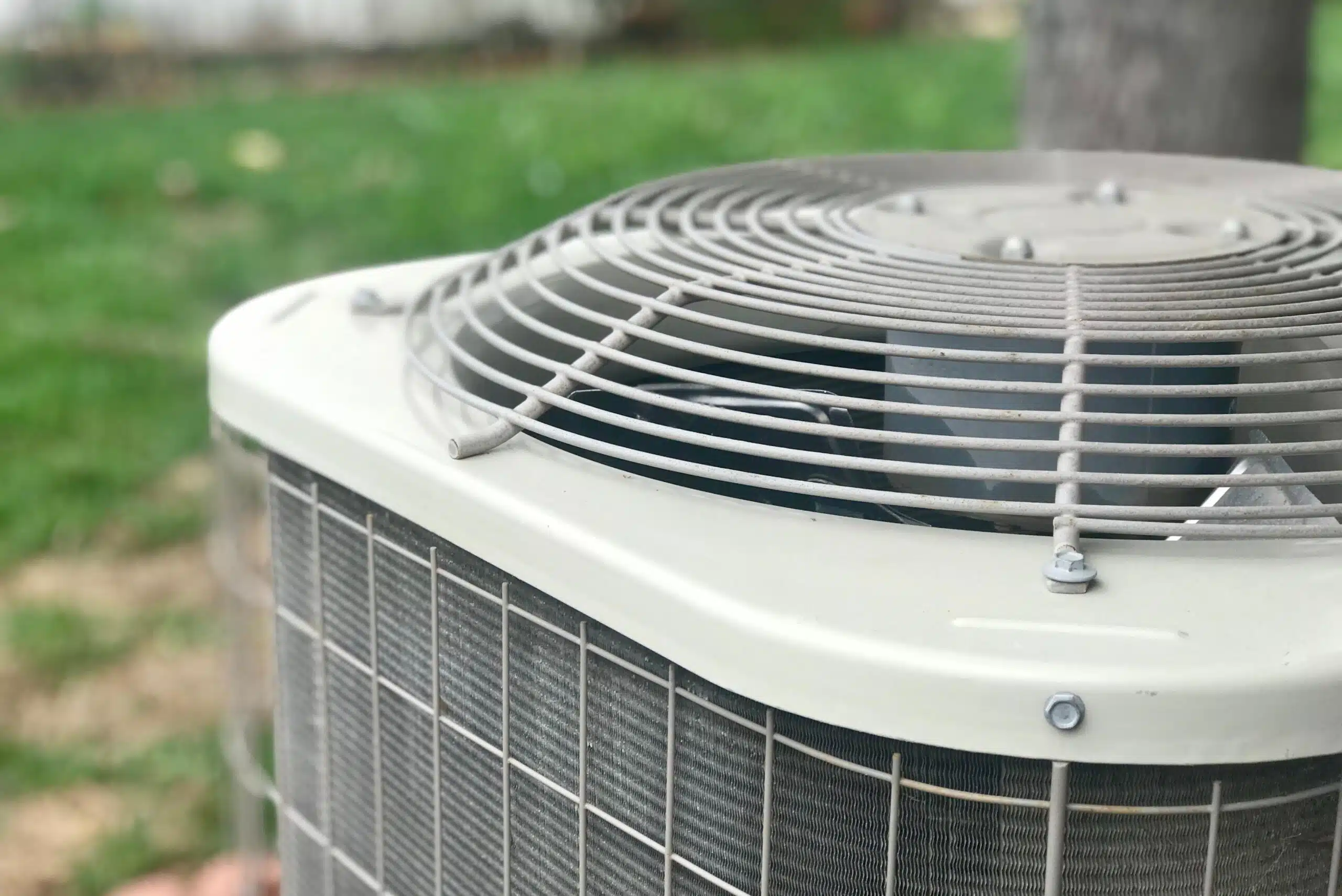
Typically, heating and cooling your home make up 50% of your total energy consumption. Air conditioners use the SEER and SEER 2 rating systems to rate the efficiency level of the unit. SEER is the ratio of the cooling output of an air conditioner over a typical season, divided by the energy it uses in Watt-Hours. The minimum SEER rating for an air conditioner in the North is 14 and in the South is 15 as of 2023. A good SEER rating is typically 14 or higher with the average rating in operation today being 16. However, high-efficiency models can have ratings as high as 23. With all of that said, each home is different, and a SEER rating is not one size fits all.
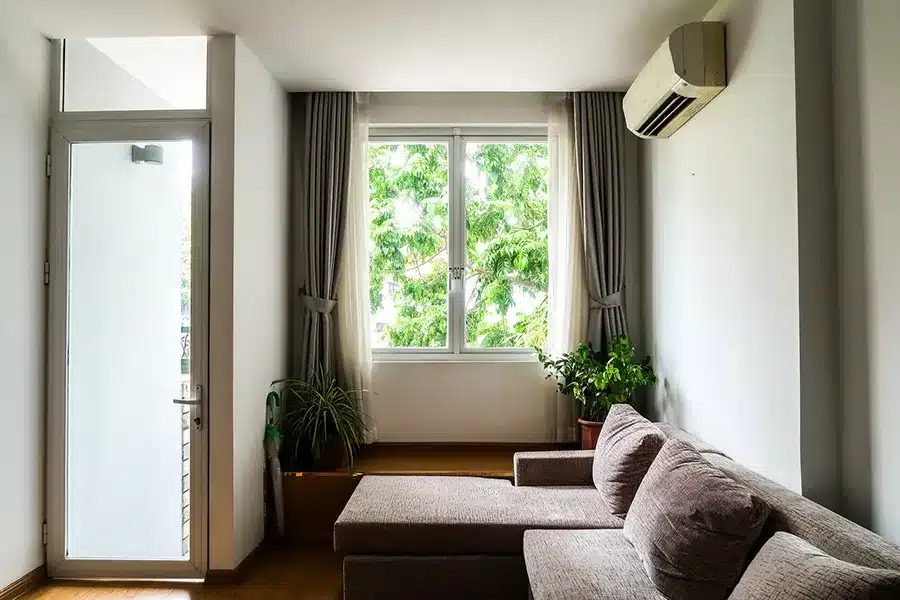
Inefficient windows & doors can account for 10 to 25 percent of your heating cost. There are a couple of things to look at and a few factors to take into consideration when deciding on how energy-efficient your current windows are. Windows are rated by U-value or U-factor, which indicates the window's resistance to heat flow. The lower the rating, the better. However, there are three factors to keep in mind in addition to the windows U-value.
While most homes have weatherstripping around the jamb of exterior doors, the bottom of the door is often overlooked. Coupled with weatherstripping, a door sweep seal can prevent 11 percent of the outside air that typically seeps in around exterior doors from getting into your home.
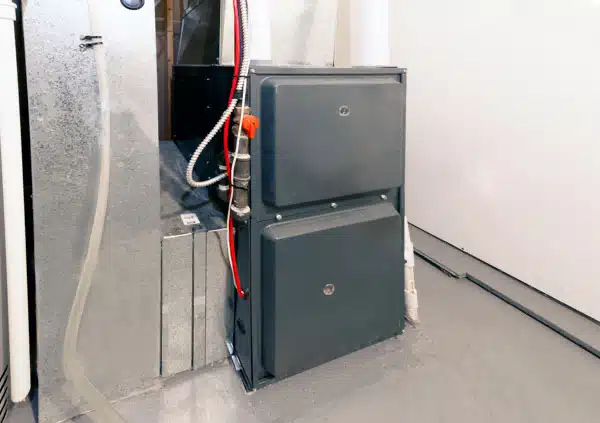
Typically, heating and cooling your home make up 50% of your total energy consumption. While gas furnaces can last 20 years or more, those made before 1992 are only 55 to 78 percent efficient, compared to today’s furnaces which can be up to 97 percent efficient. By replacing an inefficient furnace, you could cut your bill by up to 30%.
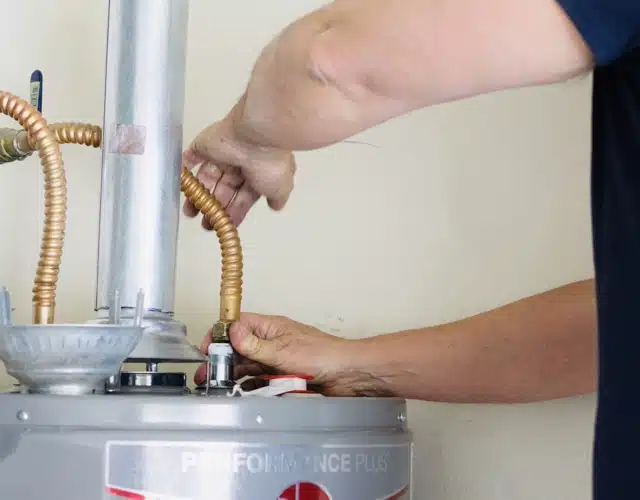
Older hot water tanks can be lined with fiberglass insulation, which is less effective than the foam used in today’s hot water tanks. Just wrapping your outdated tank in a precut insulated blanket with at least an R-8 value can reduce your water heating costs by up to 9 percent.
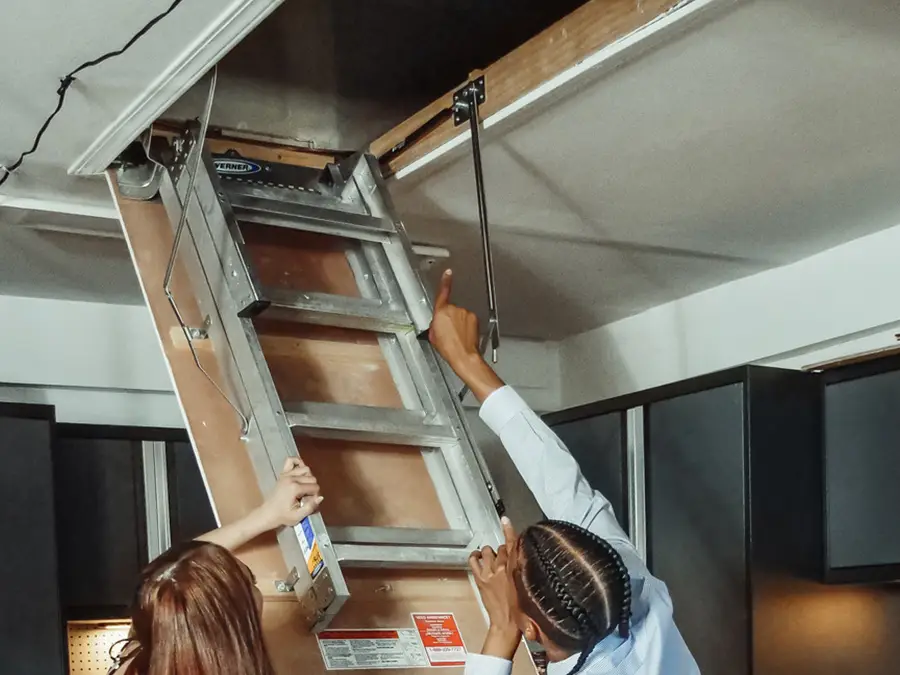
A typical attic hatch is barely more than a thin sheet of plywood. An uninsulated hatch can suck as much treated air out of a house as a fireplace chimney. An airtight hatch leading to a well-insulated attic can save you as much as 30 percent on your energy costs.
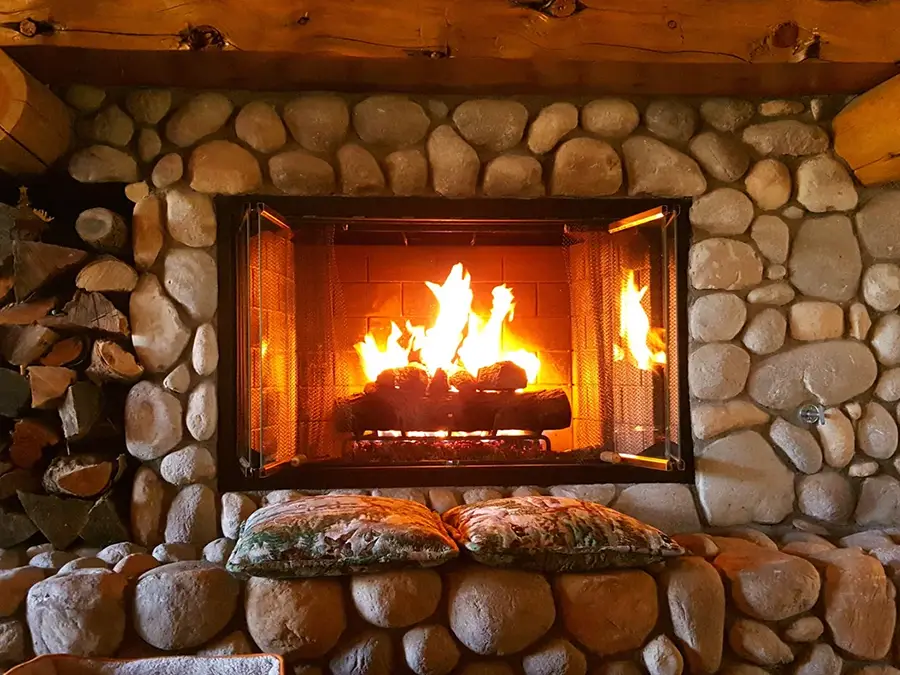
A fireplace that has a rusted, stuck, or loose-fitting damper can lose 10 to 20 percent of the home's conditioned air through the chimney.
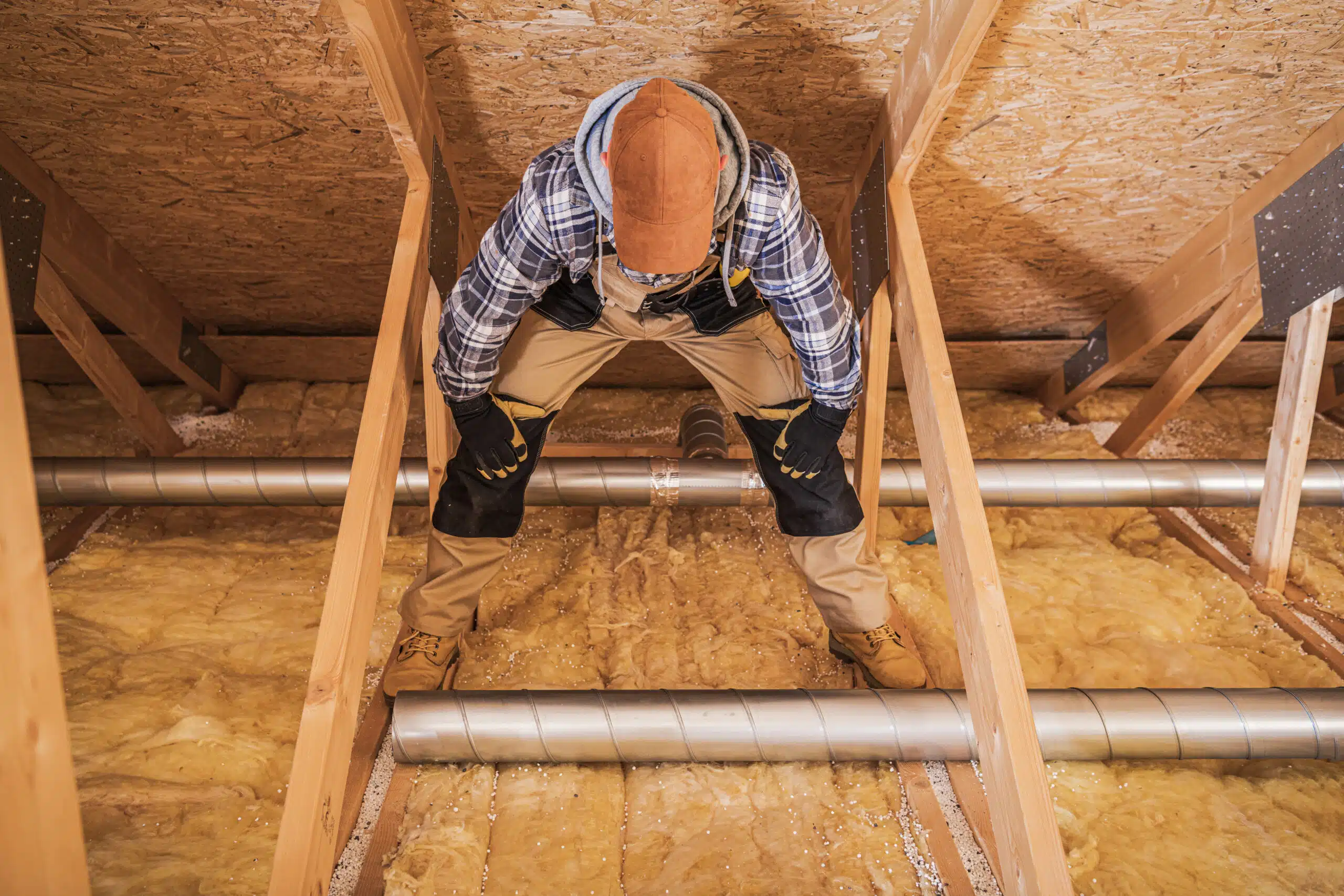
Leaky ductwork repair can save you 3 to 10 percent on your utility bills. Over years of service, the adhesive tape that seals the joint sections can dry out and allow heated and cooled air to escape. Working in areas where ductwork is installed can lead to damage as well.
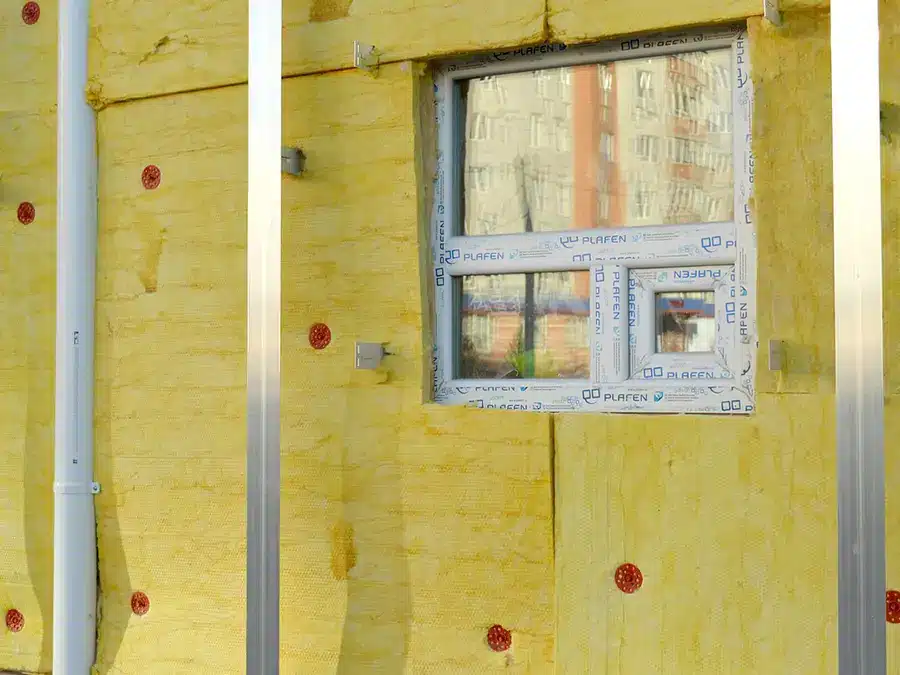
Low insulation levels can create a significant amount of energy waste and is common in older homes. The attic is the primary culprit and often not only has inadequate insulation levels but may need foam insulation needed around openings such as pipes, chimneys, ductwork, etc.
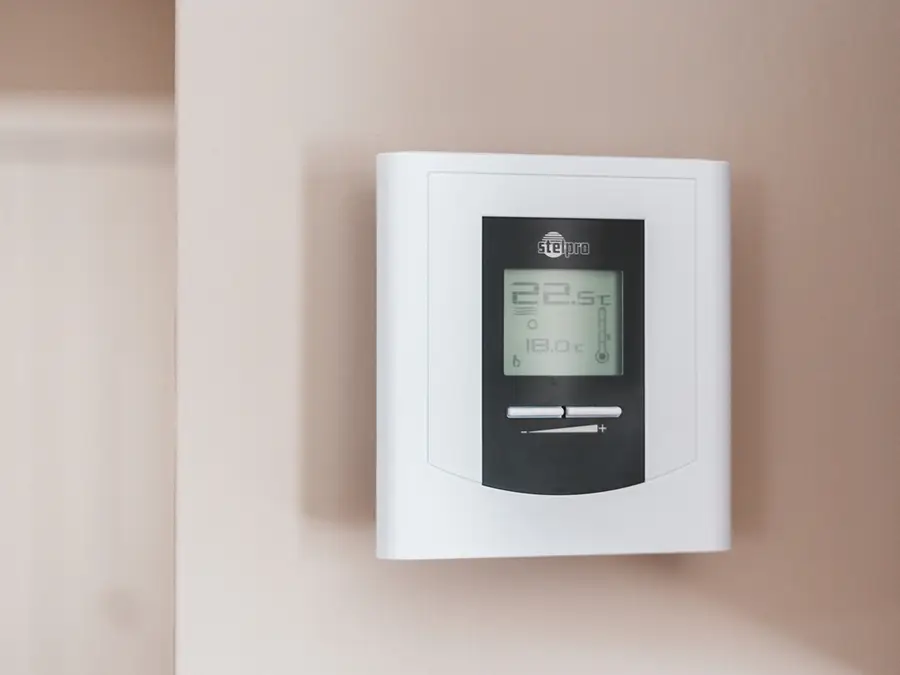
Having a smart thermostat can reduce your energy bill by up to 23% per year. If you don’t currently have a smart thermostat, installing one is a great way to make your home more efficient.
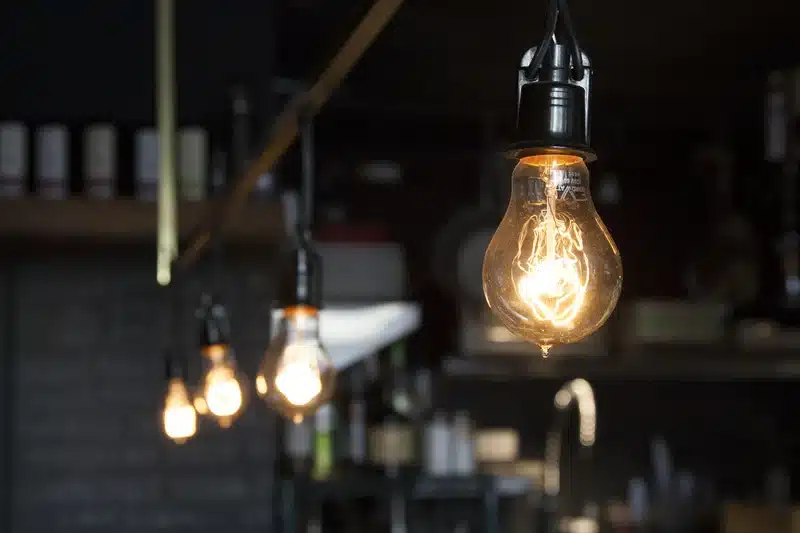
Lighting makes up around 10% of your electric bill. You can save a great deal of energy and money by installing LED bulbs. LEDs use at least 75% less energy and last up to 25 times longer than incandescent bulbs.

